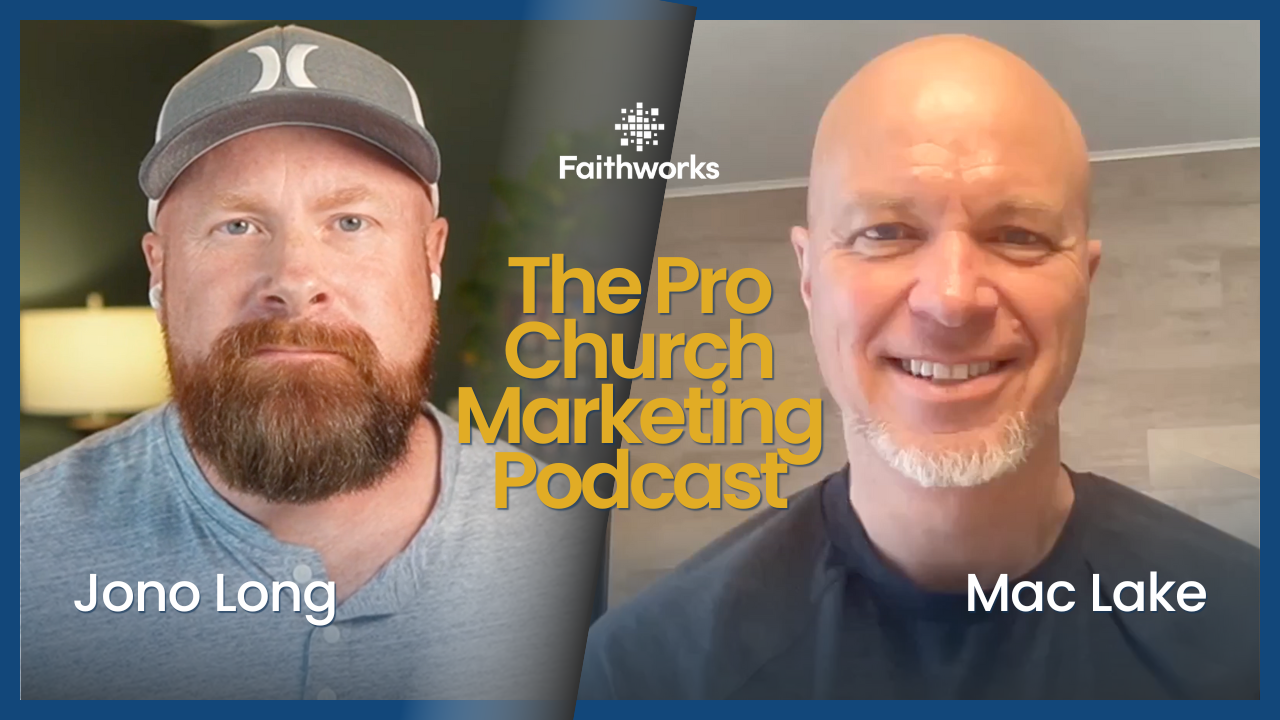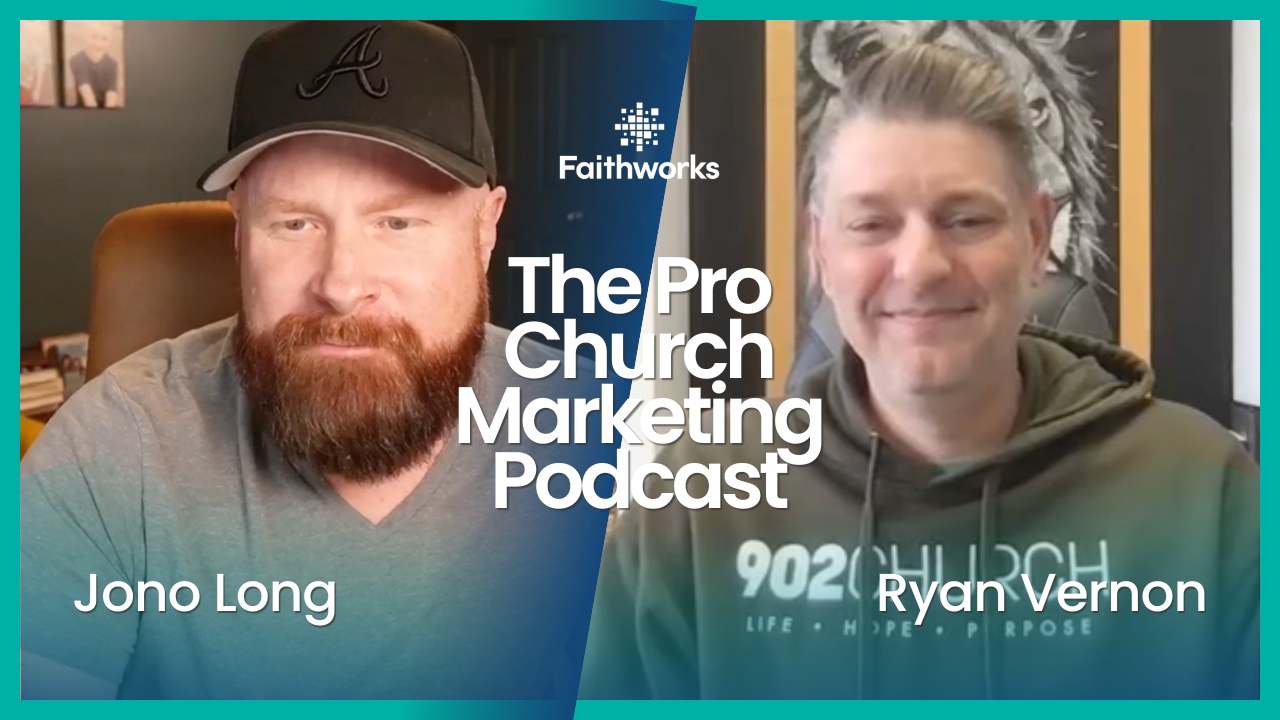Google Ad Grants in 2025: Key Updates and How Churches Can Maximize Their Impact
The Google Ad Grant is a game-changer for churches looking to increase their online visibility and reach more people in their communities. By providing eligible nonprofits with up to $10,000 per month in free Google Ads, this program helps churches show up in search results when people are looking for a place to worship, seeking spiritual guidance, or exploring faith-based communities.
However, Google is always making updates to its platform, and 2025 is no exception. If your church wants to make the most of this incredible opportunity, it’s crucial to understand these changes and implement the right strategies. In this post, we’ll cover:
- Common mistakes to avoid with the Google Ad Grant
- New features for 2025, including Performance Max (PMax) campaigns
- How to use AI wisely in your Google Ads strategy
- Practical tips to maximize the impact of your church’s campaigns
Common Google Ad Grant Mistakes to Avoid
Many churches apply for the Google Ad Grant, but some run into problems that limit their success. Here are a few common mistakes and how to avoid them:
1. Entering Credit Card Information
One of the biggest mistakes new users make is adding a payment method to their Google Ads account. If you enter credit card details, your account can accidentally convert into a paid one—causing you to lose your grant eligibility. Google Ad Grants do not require billing, and your billing section should say, "We don’t bill you."
2. Mismanaging Multiple Google Accounts
Church leaders often have multiple Google accounts (for personal use, church management, or Google Workspace). It’s easy to accidentally mix them up, which can lead to confusion and errors when managing your grant. Always ensure you’re logged into the correct Google account when working on your ads.
3. Expecting Instant Visitors Instead of Focusing on Visibility
Many pastors assume Google Ads will immediately bring people through the church doors. While ads can help increase attendance, their primary goal is to create awareness and drive traffic to your website. Just like a potential church visitor may see your sign, check out your website, follow your social media, and then decide to visit weeks later, Google Ads work similarly.
4. Poorly Structured Campaigns
Some churches set up one or two generic campaigns and expect them to generate results. The key to success is targeted campaigns with well-researched keywords, clear ad copy, and well-optimized landing pages. More on that in next week’s post!
What’s New in 2025? Google’s Performance Max (PMax) Campaigns
A major update to Google Ad Grants in 2025 is the ability to use Performance Max (PMax) campaigns.
Previously, churches could only run search ads (text-based ads that appear in Google search results). But now, with PMax, churches can reach people across multiple Google platforms, including:
✅
Search ads (Google search results)
✅
YouTube ads
✅
Google Display Network (banner ads on various websites)
✅
Gmail ads
✅
Google Maps ads
What Makes Performance Max Exciting?
- More Visibility – Instead of just showing text-based search ads, your church can now display images, videos, and other engaging content across Google’s vast network.
- AI-Powered Optimization – Google’s AI analyzes user behavior and automatically places your ads where they’re most likely to succeed.
- Better Audience Targeting – PMax finds people actively searching for a church or faith-based content, even if they haven’t directly searched for one yet.
How to Effectively Use Performance Max for Your Church
While PMax is a great addition to Google Ad Grants, it shouldn’t replace your search campaigns. Instead, use it as a complementary tool. Here’s how:
1. Keep Running Traditional Search Ads
Search ads still work best for capturing people actively searching for a church. A mix of search and PMax campaigns will give your church the best results.
2. Upload High-Quality Images & Videos
PMax uses visual content, so make sure to upload great photos and videos of your church services, community events, and ministries. This will make your ads more engaging and effective.
3. Monitor and Optimize Regularly
Not all churches will see the same results with PMax. Track your performance, tweak your campaigns, and adjust as needed.
AI in Google Ads: Helpful or Harmful?
AI is playing a larger role in Google Ads, and while it can be helpful, churches should use it wisely.
✅
AI-powered Performance Max can be beneficial because it helps target the right audience.
❌
Auto-generated ad recommendations should be reviewed carefully. Google’s AI may suggest changes that don’t align with your church’s mission or audience.
Best Practice: Use AI as a Tool, Not a Replacement
Google’s AI is like a smart intern—it can help analyze data and automate tasks, but you still need to oversee and guide the process. Make sure the content aligns with your church’s message and mission before implementing changes.
Final Tips for Success with Google Ad Grants
🔹
Have multiple well-structured campaigns. Create different campaigns for
Sunday services, kids’ ministry, outreach events, and seasonal services (like Christmas and Easter).
🔹
Ensure your website has strong content. Google ads perform better when your website provides
detailed, relevant information on your church and ministries.
🔹
Regularly review and adjust campaigns. A/B test different ad copy, keywords, and images to find what works best.
Conclusion & Next Steps
The Google Ad Grant is a powerful tool for churches, and 2025’s updates make it even better. By avoiding common mistakes, leveraging Performance Max campaigns, and using AI strategically, your church can increase its online visibility and reach more people effectively.
Coming Up Next Week:
Many churches struggle with creating content-rich landing pages for their Google Ads. In next week’s post, we’ll cover:
- Why Google prioritizes websites with detailed content
- How to create engaging landing pages that convert
- Strategies for adding content without cluttering your site
Stay tuned! And if you have any questions, feel free to reach out at hello@faithworksmarketing.com or join the Pro Church Marketing Facebook Group for more insights and support.

Latest Posts



© 2025 All Rights Reserved | Faithworks Marketing








